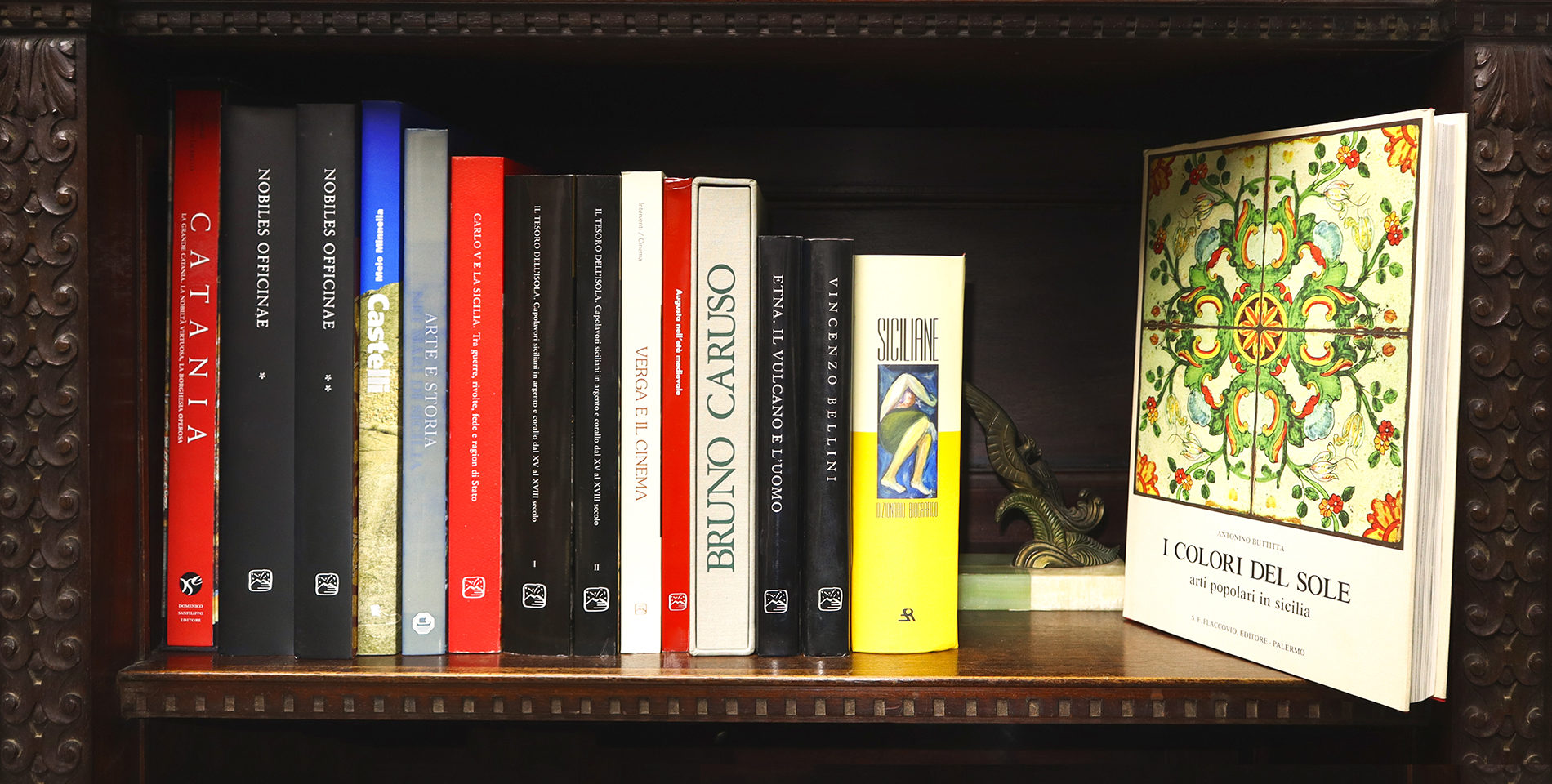Auction calendar
All auctions
167
Live auction
thu 15 January 2026
157
Live auction
wed 10 December 2025
Viewing
155
Live auction
fri 5 December 2025
Viewing

